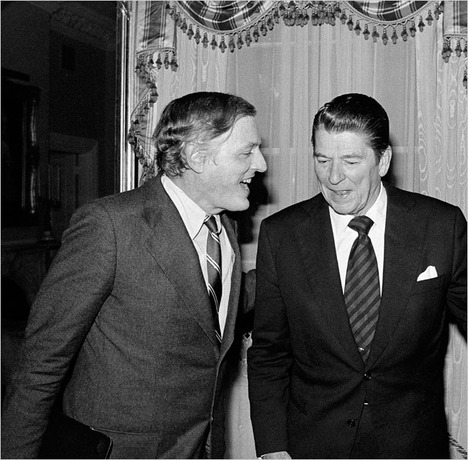(p. 9) A group of geneticists headed by Rebecca Cann and Alan Wilson, using mtDNA and a sophisticated “molecular clock,” traced modern-human ancestry back to isolated African populations dating to between two hundred thousand and one hundred thousand years ago. Inevitably there was talk of an “African Eve,” a first modern woman, the hypothetical ancestor of all modern humankind. Most archaeologists gulped and took a deep breath. Cairn and her colleagues had taken Homo sapiens into new and uncharted historical territory.
. . .
(p. 10) The genetic case for an African origin for Homo sapiens seems overwhelming. The archaeologists have also stepped forward with new fossil discoveries, including a robust 195,000-year-old modern human from Omo Kibish, in Ethiopia, and three 160,000-year-old Homo sapiens skulls from Herto, also in Ethiopia. Few anthropologists now doubt that Africa was the cradle of Homo sapiens and home to the remotest ancestors of the first modern Europeans–the Cro-Magnons. The seemingly outrageous chronology of two decades ago is now accepted as historical reality.
Source:
Fagan, Brian. Cro-Magnon: How the Ice Age Gave Birth to the First Modern Humans. New York: Bloomsbury Press, 2010.
(Note: ellipsis added; italics in original.)






